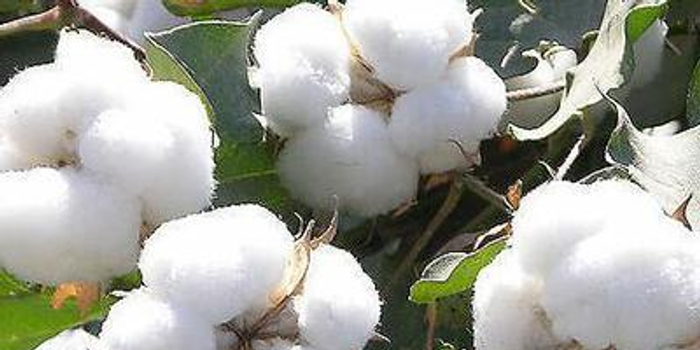According to the analysis of the authoritative industry body, the latest situation reported by the U.S. Department of Agriculture in December reflects continued weak demand across the supply chain, and the global supply and demand gap has narrowed to only 811,000 bales (112.9 million bales production and 113.7 million bales consumption), which is significantly smaller than in September and October. At that time, the global supply and demand gap was expected to exceed 3 million packets (3.5 million in September and 3.2 million in October). The weakening of the gap between supply and demand means that the rise in cotton prices may abate.
In addition to the narrowing of the global supply and demand gap, perhaps more important for the direction of prices is the lingering question of demand. Since May, the USDA’s estimate for global factory use has fallen from 121.5 million bales to 113.7 million bales (a cumulative decrease of 7.8 million bales between May and December). Recent industry reports continue to describe slow downstream demand and challenging mill margins. Consumption forecasts are likely to fall further before the consumption situation improves and forms a bottom.
At the same time, the reduction in global cotton production has weakened the global cotton surplus. Since USDA’s initial forecast in May, the global cotton production forecast has been reduced from 119.4 million bales to 113.5 million bales (a cumulative decrease of 5.9 million bales in May-December). A reduction in global cotton production at a time of weak demand may have prevented cotton prices from falling sharply.
The cotton market is not the only agricultural market to suffer. Compared to a year ago, the price of new cotton is down 6% (the current new futures price is ICE futures for December 2024). Corn prices have fallen even more, suggesting that cotton is more attractive relative to these competing crops than it was a year ago. This suggests that cotton should be able to maintain or increase acreage for the next crop year. Combined with the possibility of improved growing conditions in places like western Texas (the arrival of El Nino means more moisture), global production could increase in 2024/25.
Between now and the end of 2024/25, the recovery in demand is expected to reach a certain level. However, if supply and demand for next year’s crop all move in the same direction, production, use, and stocks may continue to balance, supporting price stability.
Post time: Dec-20-2023


